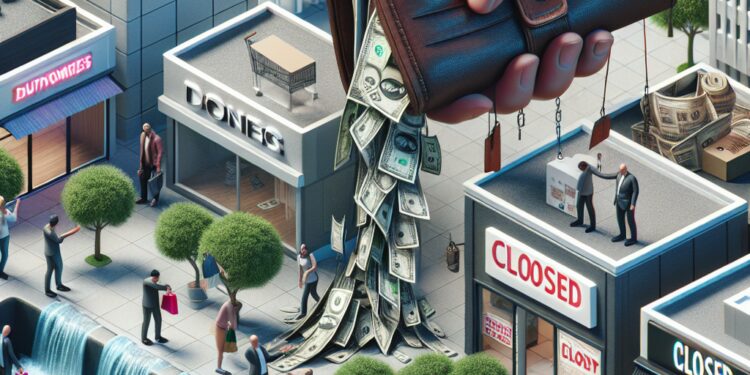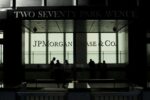Consumers Tighten Their Wallets: What This Means for Your Financial Future and the Economy

Consumers Pulling Back Spending: A Warning for Economic Growth
In a recent announcement, New York Fed President John Williams shed light on concerning trends that suggest American consumers are starting to tighten their wallets. During an interview with Bloomberg, Williams—a key figure at the Federal Reserve and a trusted ally of Chair Jerome Powell—indicated that businesses are reporting a slowdown in consumer spending, which could foretell a harsher economic landscape ahead.
The Consumer Sentiment Landscape
While Williams acknowledged that consumers have generally showcased resilience, recent indicators hint that they are bracing for potential economic turbulence, particularly concerning tariffs. The relationship between consumer confidence, employment levels, and inflation rates is of paramount importance to economists, and the current outlook appears increasingly mixed.
In surveys, consumers express heightened anxiety over job security and potential income fluctuations, particularly in light of anticipated price hikes due to tariffs. This sentiment is troubling and presents a precarious situation for the economy, as soft data from earlier in the year showed some signs of weakened spending—a trend that has not gone unnoticed amidst a burst of spending as consumers rushed to make purchases ahead of rising prices.
Economic Indicators and Implications
Gross Domestic Product (GDP) figures illustrate the gravity of the situation, demonstrating a contraction in the first quarter of 2025. However, that contraction is muddied by an influx of imported goods, muddying the waters for more accurate assessments of domestic economic activity. The Federal Reserve’s recent meeting produced a policy statement that largely downplayed the weak GDP reading, asserting that economic momentum is still strong. Yet, an important note from Powell suggests that apparent growth rates in private domestic final purchases might be artificially inflated because of increased consumer demand for imports.
Retail Sales Data: A Key Metric
The forthcoming release of the April retail sales data will be crucial. Economic forecasts suggest only a modest 0.1% gain in retail sales, marking the third weak reading in the past four months. A tangible slowdown in consumer spending could spell trouble for the labor market, potentially prompting the Fed to take action on interest rates—to cut them, to be exact.
Federal Reserve’s Response and Inflation Concerns
The Federal Reserve has held its interest rate steady in the range of 4.25% to 4.5% for three consecutive meetings, but signs of rising tariffs have injected a dose of anxiety into its deliberations. Although investors now anticipate a possible 25-basis-point rate cut in July and additional cuts later in the year, Fed officials are wary. The potential for inflation to remain elevated due to tariffs could add further complications to the economic landscape.
Since inflation has become a chronic concern since 2021, consumers might begin to adjust their expectations, leading them to view rising prices as a new norm. This mindset alone can generate additional inflationary pressure and threatens to further destabilize the economy.
Uncertainty Looms Large
During his interview, Williams reinforced a central theme echoed from Powell’s recent press conference: uncertainty is a significant factor in the Fed’s current decision-making process. He stated, “There’s a lot of uncertainty about what’s happening with trade policy or other policies. Once we have that better information, we can assess the situation and make better decisions.”
It’s crucial for policymakers and investors alike to keep a close eye on consumer behavior and inflation trends. The U.S. economy is teetering on the brink—the interaction between tariffs, consumer confidence, and inflation will significantly shape economic policy and direction in the months ahead.
Conclusion
In conclusion, the early signs of consumers pulling back on spending should serve as a serious warning to all market participants. As traditional financial principles suggest, consumer sentiment is a robust indicator of economic health. Policymakers in Washington must take heed: if consumers pull back spending significantly, it will undoubtedly have a ripple effect on employment, inflation, and broader economic growth. The days of unabated consumer spending may be over, and navigating this new dynamic will be vital for anyone looking to understand the evolving economic landscape.






